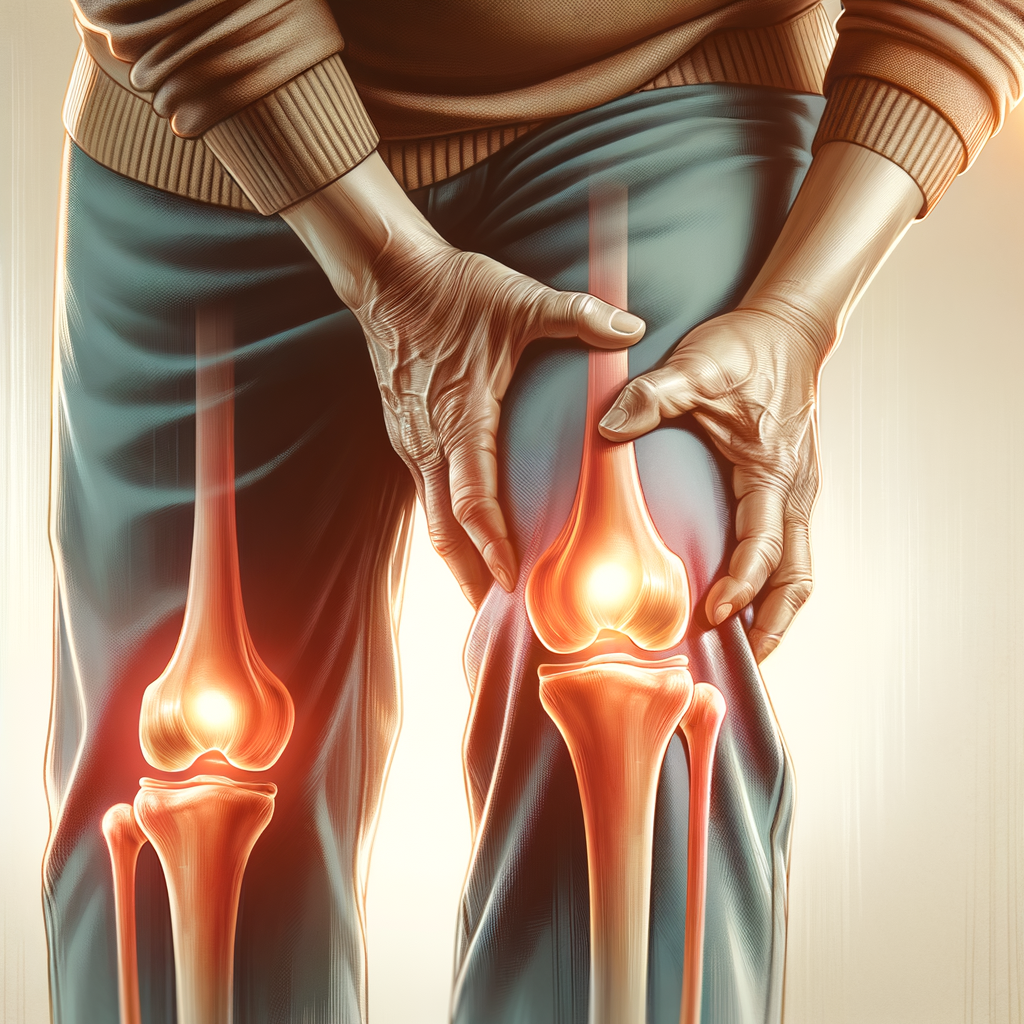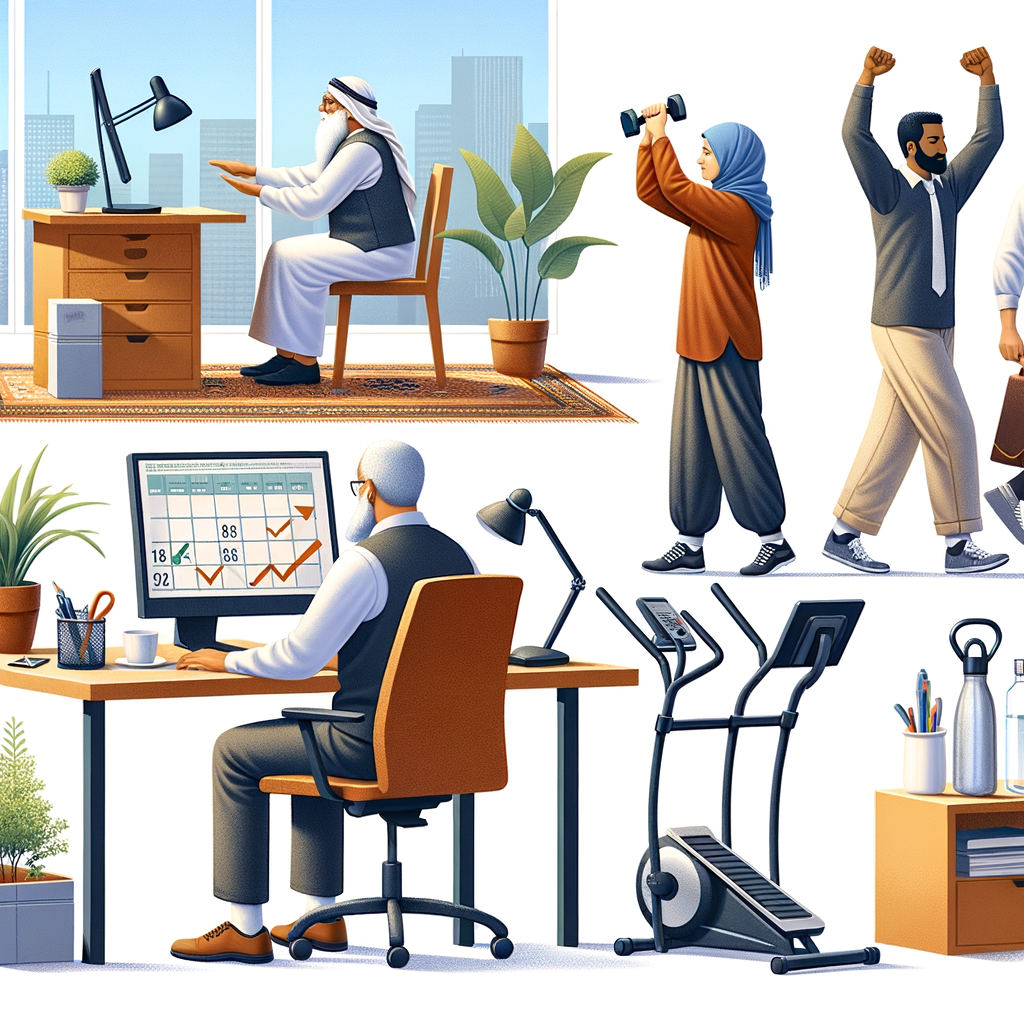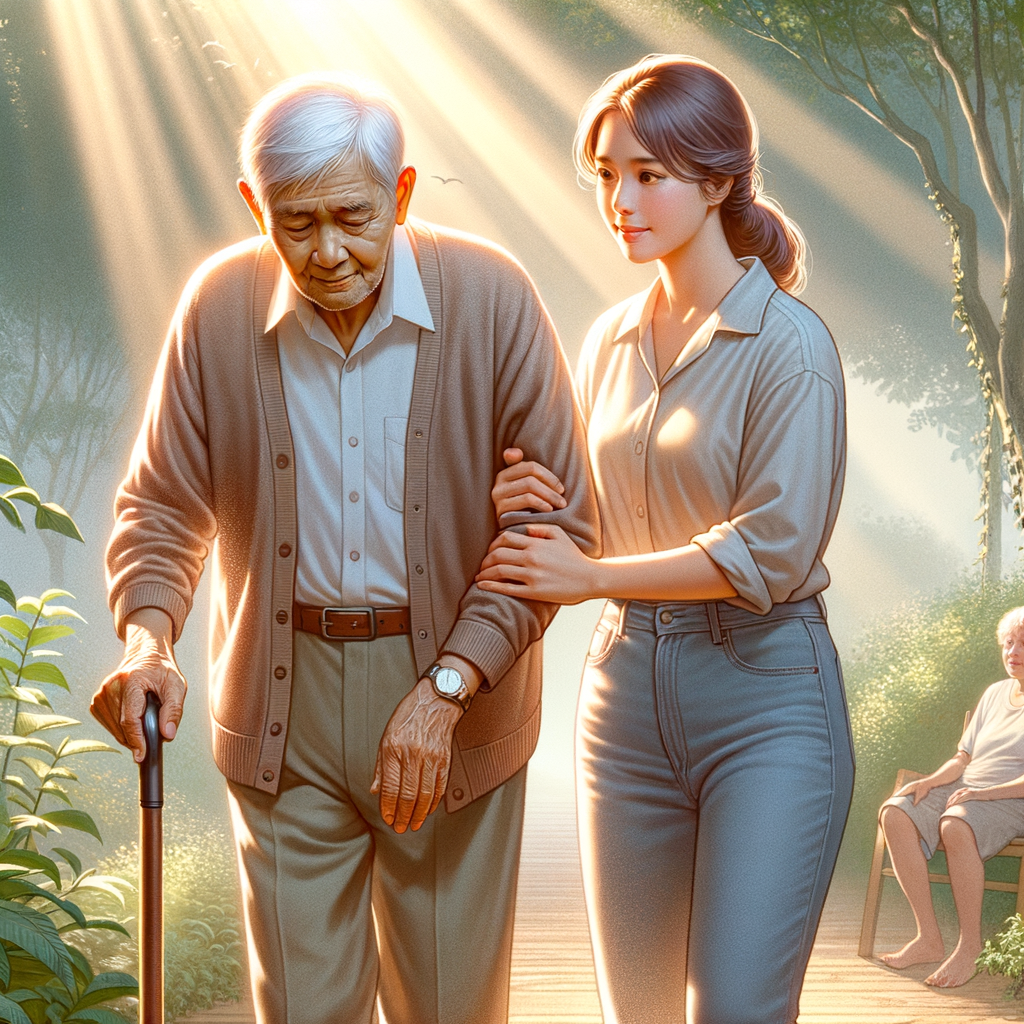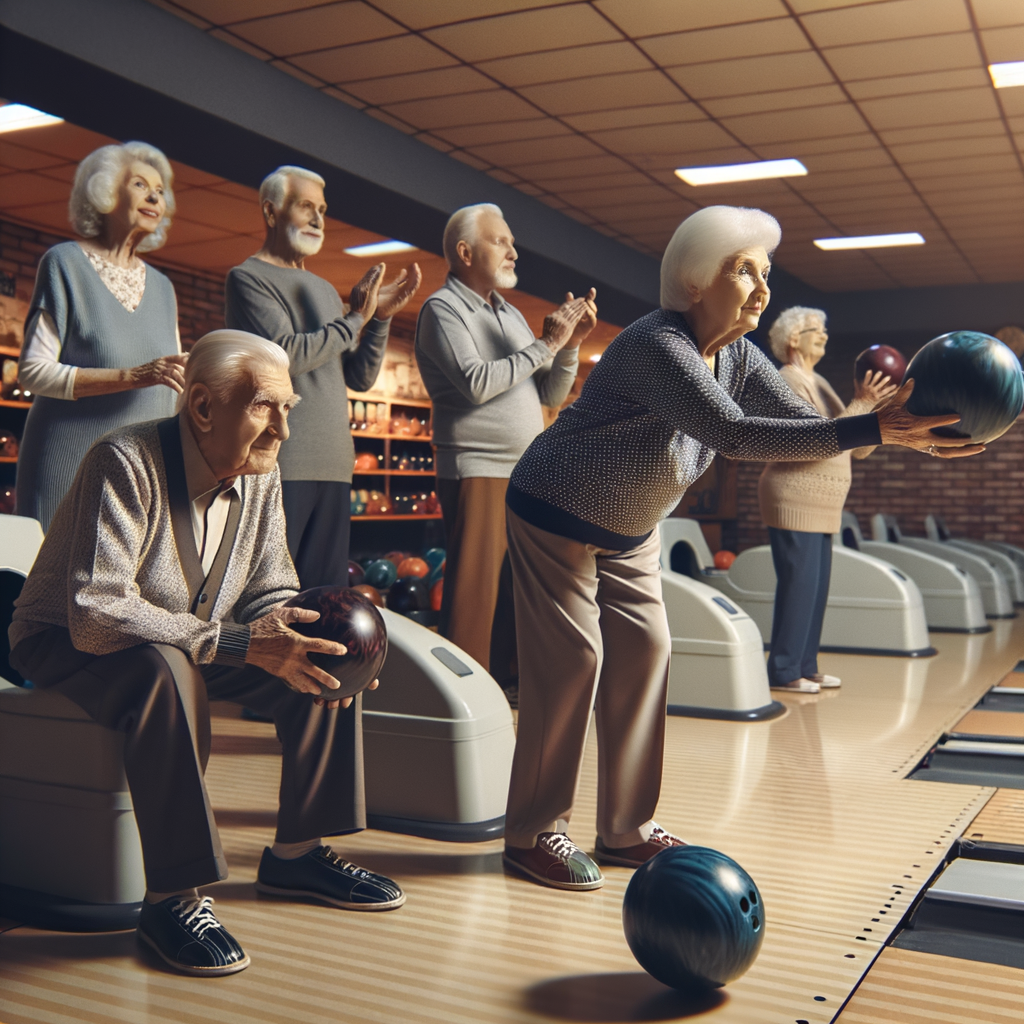Understanding Hip and Knee Pain
The Connection Between Hip and Knee Pain
The hip and knee are important parts of your body that help you move and carry your weight. They work closely together, so if one has a problem, it can affect the other. This happens because the muscles and tissues around these joints are linked. If your hip hurts, you might walk differently to avoid the pain, which can put extra stress on your knee. This shows how issues in one joint can lead to problems in the other.
Common Symptoms
People with hip and knee pain often notice stiffness, swelling, and trouble moving these joints freely. These symptoms are common in many conditions that affect the hip and knee. However, how bad the pain feels and how it impacts your life can vary a lot. Some might have a constant dull ache, while others could experience sharp pains that come and go.
Identifying the Cause
Figuring out why you have hip and knee pain is key to getting the right treatment. It's important to know exactly what's causing the pain because many different things could be behind it. This could be from wear-and-tear like osteoarthritis, autoimmune diseases such as rheumatoid arthritis or lupus that cause swelling in the body including joints, or injuries to the joints themselves. Conditions like bursitis where inflammation affects the cushioning near your joints could also be a cause. While we won't go into all possible causes here (that will come later), knowing that a wide range of diseases and injuries can lead to pain in both your hip and knee highlights why it's important to get professional advice for a proper diagnosis and treatment plan.
Symptoms and Diagnosis

Recognizing the Symptoms
When it comes to understanding the discomfort in your hip and knee, recognizing the symptoms is your first step. Generally, joint pain is a clear signal that something might be off. This pain often shows up during or after you've moved around, which can be a hint that your joints aren't as healthy as they could be. If you're feeling an unusual pressure in these areas, it's likely due to the loss of cartilage, which normally helps your joints move smoothly.
The areas around your hip and knee might also feel tender to the touch, a sign of inflammation and discomfort. Swelling is another common symptom; it's your body's way of responding to trouble inside the joint. If you notice your joints making unexpected noises like catching, popping, or locking, this could indicate damage to the cartilage inside.
In more advanced cases, you might see changes in how your joints look. Bone spurs or noticeable deformities on or around the joints are signs that the condition has progressed and needs attention.
Getting a Diagnosis
If these symptoms sound familiar and are affecting your daily life, it's important to seek medical advice. A doctor can help pinpoint what's causing your hip and knee pain through a detailed examination. They'll check for any visible signs of joint issues such as deformity or direct contact between bones that shouldn't be touching.
Imaging tests like X-rays or MRIs play a crucial role in diagnosing joint problems by providing a clear picture of what's happening inside. These tests can show the extent of cartilage loss and any bone changes that might not be visible from the outside.
Depending on what your doctor suspects is causing your pain, they might suggest other diagnostic tests to get a better understanding of your condition. This thorough approach ensures that any treatment plan addresses not just the symptoms but also their underlying cause.
Causes of Combined Hip and Knee Pain
Mechanical Causes and Body Stress
The way we move and the stress we put on our joints can lead to pain in both the hip and knee. Being overweight, for instance, increases stress on these joints, potentially leading to discomfort or injury. Activities that involve a lot of running or jumping can also strain the hip and knee due to overuse.
Tight muscles around the hip, such as the hip flexors, can pull on the lower back. This tension might not only cause back pain but also affect the knees. Similarly, if your hip is uncomfortable or misaligned, it might change how you walk. This altered gait can put extra pressure on your knee, leading to pain.
Conversely, issues originating in the knee can impact the hip. For example, knee problems might make you walk differently to avoid pain. This change in gait can strain your hip joint. Additionally, if you have arthritis in your hip, it might cause you to limp. This limping puts more strain on your knees than usual.
Systemic Conditions and Inflammation
Moving beyond mechanical causes, systemic conditions that cause inflammation throughout the body can also lead to pain in both the hip and knee. Rheumatoid arthritis is a prime example of a disease that affects multiple joints simultaneously due to its inflammatory nature.
Inflammation plays a key role here. It's not just about swelling; it's about how your body's immune response can affect various joints at once, leading to pain in both your hips and knees.
Referred pain is another aspect worth mentioning. Sometimes an issue in one joint can cause discomfort in another because of how our body's pain signals work. So, a problem in your hip could potentially be felt in your knee as well.
Lastly, genetics play a part in our susceptibility to joint issues like osteoarthritis—a condition that wears down joint cartilage over time. If you're genetically predisposed to such conditions, you might experience degeneration in multiple joints including both hips and knees.
Treatment Options for Hip and Knee Pain
Non-Surgical Treatments:
Home Care Measures: The RICE method is a good start. It stands for Rest, Ice, Compression, and Elevation. It helps lower swelling and pain.
Lifestyle Changes: Keeping a healthy weight takes some pressure off your joints. Doing gentle exercises like swimming or biking keeps you moving without making the pain worse. These steps are key for keeping your joints in good shape.
Eating Right: Eating foods that fight inflammation can help with joint pain. This means lots of fruits, veggies, whole grains, and foods rich in omega-3 fats.
Helpful Tools: Using things like canes or braces can give your joints extra support and make moving around easier.
Physical Therapy: A physical therapist can teach you exercises that make the muscles around your joints stronger, which helps lessen the pain.
Other Therapies: Some folks find relief with acupuncture or massage. They're not a fix-all but can be part of a bigger plan to manage pain.
Medications and Injections:
Medications: Drugs you can buy without a prescription, like NSAIDs (think ibuprofen), help with pain and swelling. Always follow the directions to avoid side effects.
Injections: If the pain is really bad, getting shots of corticosteroids can cut down on swelling for a while. Shots of hyaluronic acid might also be suggested to help your joints move smoother.
Surgical Interventions:
If other treatments don't do enough, surgery might be an option. This could mean replacing or fusing the joint for severe cases where the damage affects how you live. Surgery aims to get you moving again with less pain but needs careful thought because of things like recovery time.
New research is always happening, looking for better ways to handle hip and knee pain.
Talking over these options with your doctor can help you find the best way to tackle your hip and knee pain.
Prevention and Management Strategies

Lifestyle and Exercise
Staying active is key for keeping your joints in good shape. Exercise makes the muscles around your joints stronger, which helps take some of the load off them. Try to mix activities that get your heart pumping with exercises that stretch and strengthen your muscles. Go for activities that are easy on your hips and knees, like swimming or biking.
Keeping a healthy weight is also important. Extra weight puts more pressure on your joints, so staying at a healthy weight can reduce pain and prevent more damage. Simple things like walking more or taking the stairs can help with weight management and keep your joints happy.
Ergonomics and Posture
How you stand or sit can really affect your joint health. Bad posture can put extra stress on your hips and knees. Try to stand or sit in a way that spreads your body weight evenly. This might mean changing how you sit at work to make sure you're sitting correctly or being careful about how you stand.
Making small changes at home and work to support your body better can also help. If you sit a lot for work, make sure your chair supports your lower back well, and keep both feet flat on the ground. These little adjustments can go a long way in preventing joint pain.
Nutrition and Recovery
What you eat matters for your joint health too. Eating foods that fight inflammation can help lessen joint pain. Focus on eating lots of fruits, veggies, whole grains, and lean proteins. Foods high in omega-3 fats like salmon or walnuts are especially good for lowering inflammation.
Getting enough rest is just as crucial as being active when it comes to managing hip and knee pain. Make sure you're getting plenty of sleep each night so your body has time to recover from the day's activities. Also, try adding relaxation techniques into your day to keep stress low since stress can make pain worse.
Lastly, taking care of your mental health is vital when dealing with chronic pain. Finding ways to deal with the stress of living with joint pain is important. Whether it's through meditation, talking with someone who understands, or doing something you love, looking after your mental health is a key part of managing hip and knee pain.









